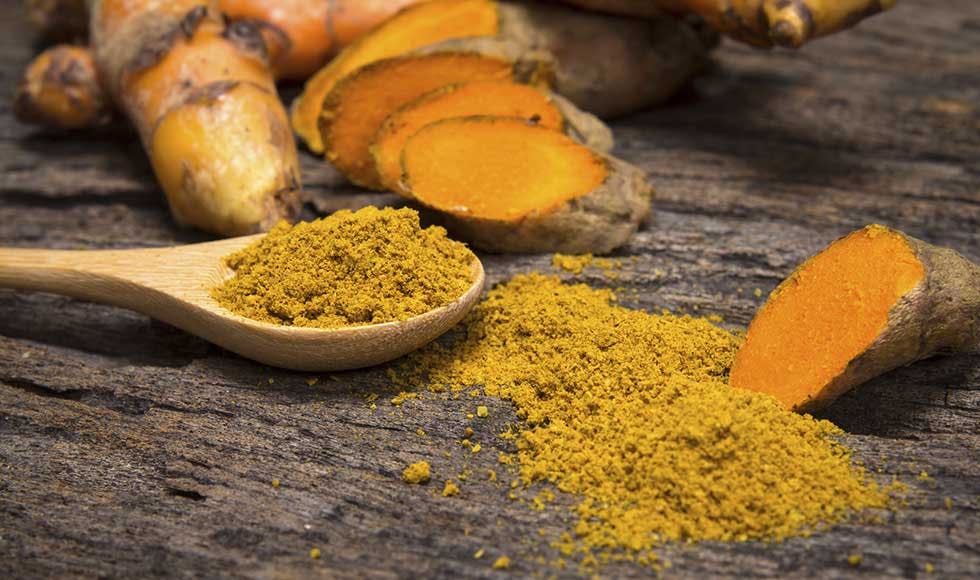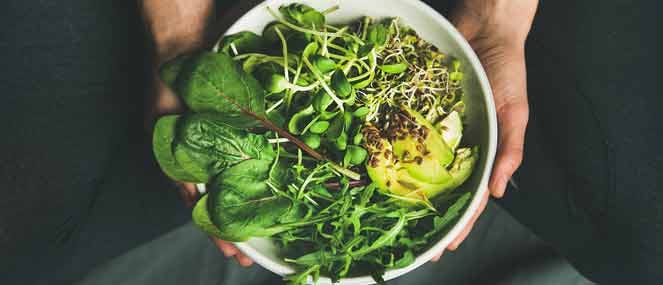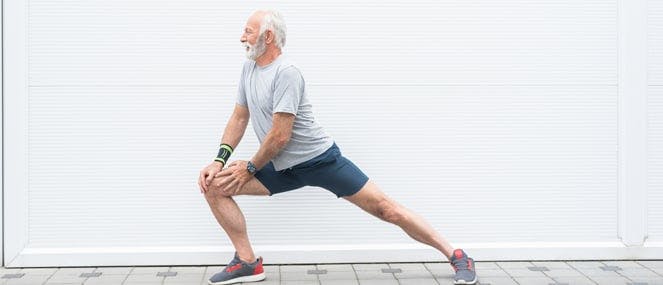
- Health hub/
- Arthritis, joint, bone & muscle/
- Start young to build good bones


Milk is good for your bones, right? Yes, but if the low calcium levels of young Australians at present are anything to go by, this old catch-cry needs a serious revival.
According to the 2007 Children’s Nutrition and Physical Activity Survey, more than 80 per cent of adolescent girls (aged 14-16 years) and 44 per cent of adolescent boys (aged 14-16 years) weren’t getting the estimated average requirement (EAR) of calcium.
This is partly owing to a false perception that dairy products – a major calcium source – are fattening, or bad for the skin or breath, explains Nutrition Australia senior nutritionist and spokesperson, Aloysa Hourigan. “More teenagers are choosing soft drinks and bottled water instead of dairy products.”
Despite a perception that milk contains 22 per cent fat, regular milk contains 3.8 per cent fat, and low fat milk just 1.4 per cent.
What does calcium do?
Calcium is necessary for healthy bone development, and our bones contain over 90 per cent of the calcium in our bodies.
Failure to get enough calcium in the diet can increase the risk of developing osteoporosis later in life. Many Australians suffer from osteoporotic fractures each year, a result of poor bone density.
The 3 mainstays of good bone health
#1 Calcium
The recommended daily intake of calcium for Australians is as follows.
- Ages 1 – 3: 500 milligrams (mg)
- Ages 4 – 8: 700 mg
- Ages 9 – 11: 1000 mg
- Ages 13 – 18: 1300 mg
- Ages 18 – 50: 1000 mg
Here are some good sources of calcium (per 100 ml serving of food indicated).
- Source Calcium content
- Whole milk 114 mg
- Low-fat milk 160 mg
- Yoghurt (regular) 171 mg
- Cheddar cheese 775 mg
- Soy beverage (fortified) 110 mg
- Tofu 330 mg
- Sardine (in water, drained) 380 mg
- Almonds (raw) 235 mg
#2 Vitamin D
Vitamin D must be present for optimal calcium absorption, and sunshine is the best source of this nutrient. In foods, such as eggs and fatty fish, it exists only in small doses.
In most areas of Australia, a mere six to eight minutes of sun exposure at 10am or 2pm (3pm in summer) is all you need to get your daily vitamin D dose.
#3 Weight-bearing exercise
Along with the nourishment provided from nutrients such as calcium and vitamin D, bones need the mechanical stress of physical activity to remain strong and healthy.
Empirical data shows that weight-bearing physical activity (defined as any activity in which gravity exerts force on bones, or upright exercise such as walking, tennis, dancing, jumping and so on) has a positive effect on bone development in children.
References available on request




